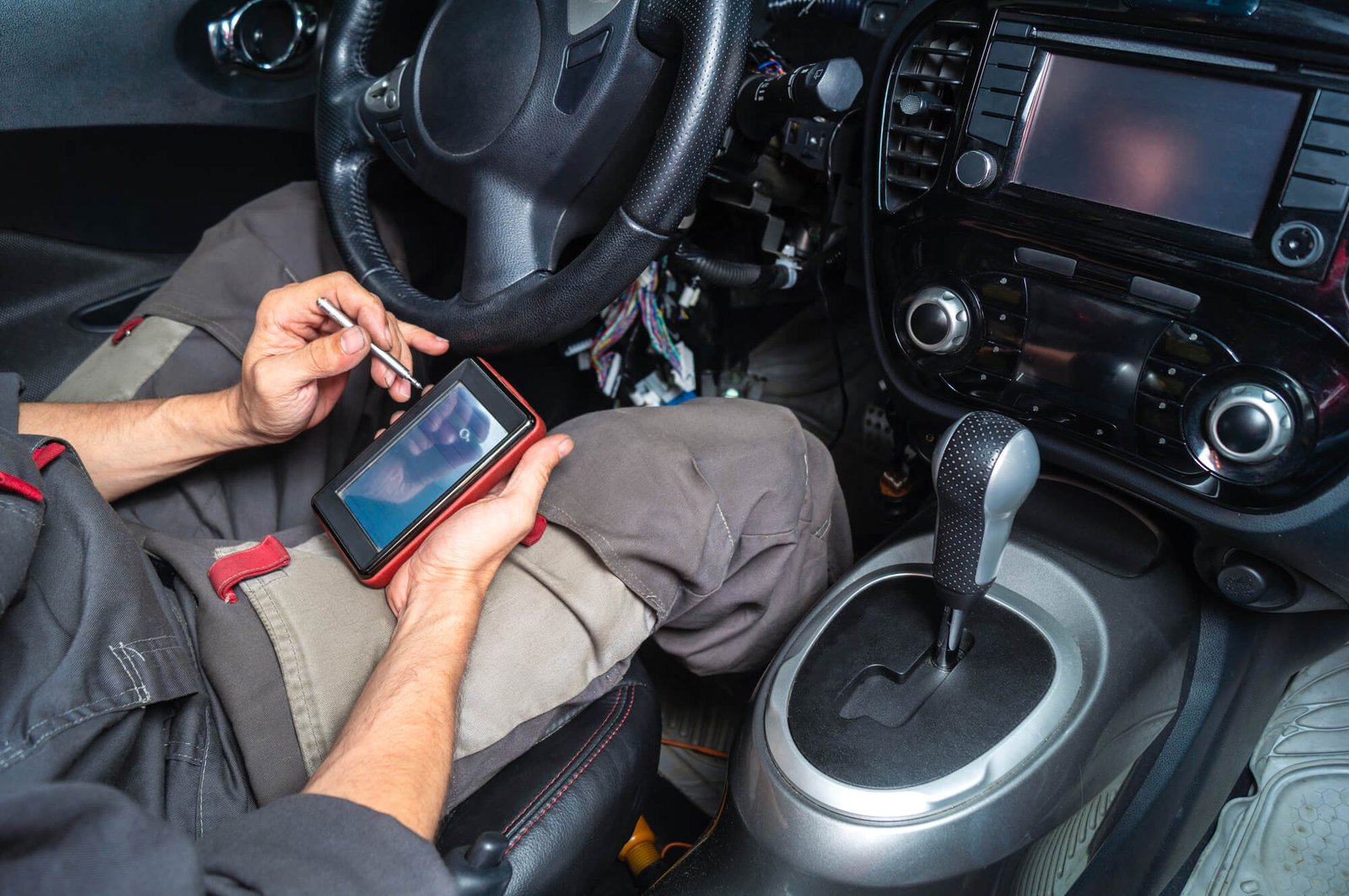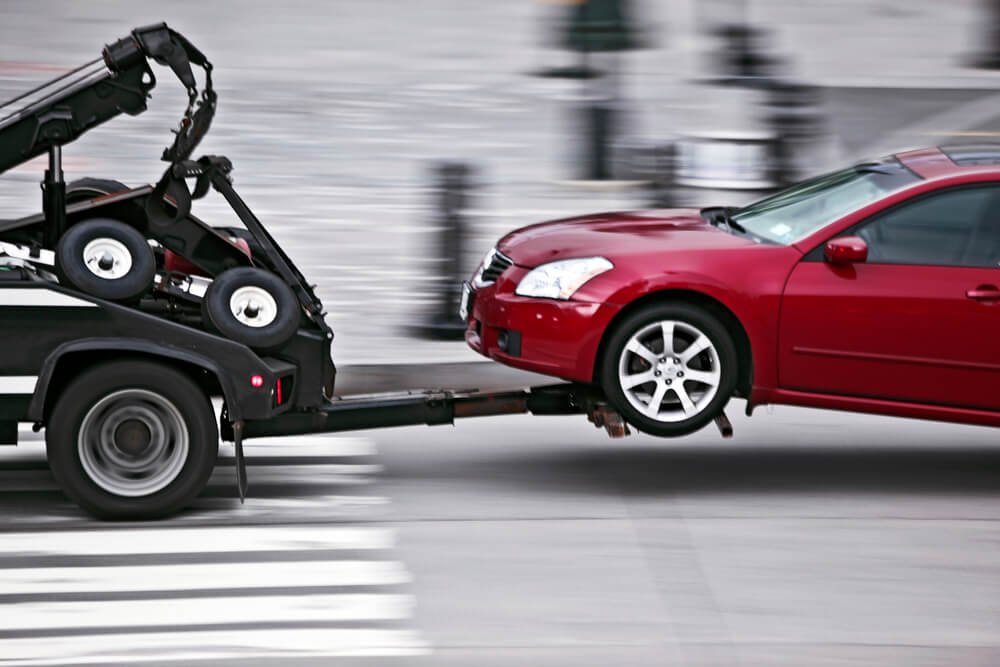
Will Any OBD2 Scanner Work On Any Car?
An OBD2 scanner is a great tool that all car owners should consider having. When it is used properly, you will be able to see what is wrong with the vehicle and then determine whether it is something you can fix at home without the help of a mechanic, or if it is something that needs the assistance of a professional. But one question that many people will have is whether all OBD2 scanners work on all vehicles.
According to the experts at ANCEL, an OBD2 scanner may not work on all vehicles. This is due to some of the compatibility limitations. All cars will have an OBD2 outlet in there that you can plug the system into and learn more about the problems your car is having. But you do need to do some research to make sure you get the right OBD2 scanner to see what is going on with your vehicle.
Recognizing the model of OBD2 scanner can help you get the right one for your vehicle. Let’s learn a bit more about how these can work for your car too!
Choosing the Right OBD2 Scanner
When you go to the store to purchase an OBD2 scanner, your hope is to find an affordable option that will be able to take a look at your car and see what is going on inside. If the codes come up right, you will know exactly what is wrong and can fix the problem in no time. But if you choose the wrong OBD2 scanner, then you won’t get the best results.
OBD2 scanners do have some limitations and it is possible that some models will not work with your car. You will need to take a look at any model you would like to purchase and see whether it matches up. The good news is that all cars have an OBD2 outlet, so you will be able to run these diagnostics, it just may take some time to find the scanner that works for you.
How to Use an OBD2 Scanner
Once you have chosen the OBD2 scanner that will match up to your car, it is time to learn how to use it. You don’t need to be a mechanic to learn how to utilize this scanner and get the most out of it either.
The process is simple, though you may need to make some adjustments based on the model that you have. The general process you can follow for getting the OBD2 scanner to work in your car includes:
- Turn off the vehicle before you plug the OBD2 scanner. You should be able to find the data link connector right under the dashboard on the driver’s side. It is on the left side of your steering wheel in most vehicles. The end of the cable should have a plug that works to fit into that outlet without a problem.
- Turn on the ignition to turn the vehicle on. Give the scanner a moment to turn on and start working. Some scanners will need you to press on the power button to get this started. Look over the manual if it doesn’t turn on and see if there is anything special you will need to do.
- When the scanner shows that it is ready, you can key in the data it asks for. This can include the type and model of the car, the make of the engine, the VIN and sometimes more. You can then initiate a scan of the whole vehicle. Sometimes this will happen automatically, and sometimes you will need to press a few more buttons.
- When the scanner has had a chance to scan the whole car, it will give you some codes. You can either write these down or transfer them to a laptop so you can look them up there. Depending on what is wrong with the car, you may get one code or you may get several.
- You can then check out these codes to see what is wrong with the car. Most will have at least the basic codes, or you can look them up online to help.
- When you are done looking up the error codes, turn off the car and unplug the OBD2 scanner.
You can ten choose whether to hire a mechanic to do the work if it seems more specialized than what you can do with the vehicle, or you can go and get the necessary parts and get it all fixed up yourself.
Using the OBD2 Scanner Correctly
Picking out the right OBD2 scanner for your needs will make a big difference on whether it will be able to read what is wrong with your vehicle and tell you what to fix. Always take a look at the model and double-check whether it is meant to work with your make and model of vehicle.
This can save you some headache later on and lets you see what is actually wrong with the vehicle at any given time.








